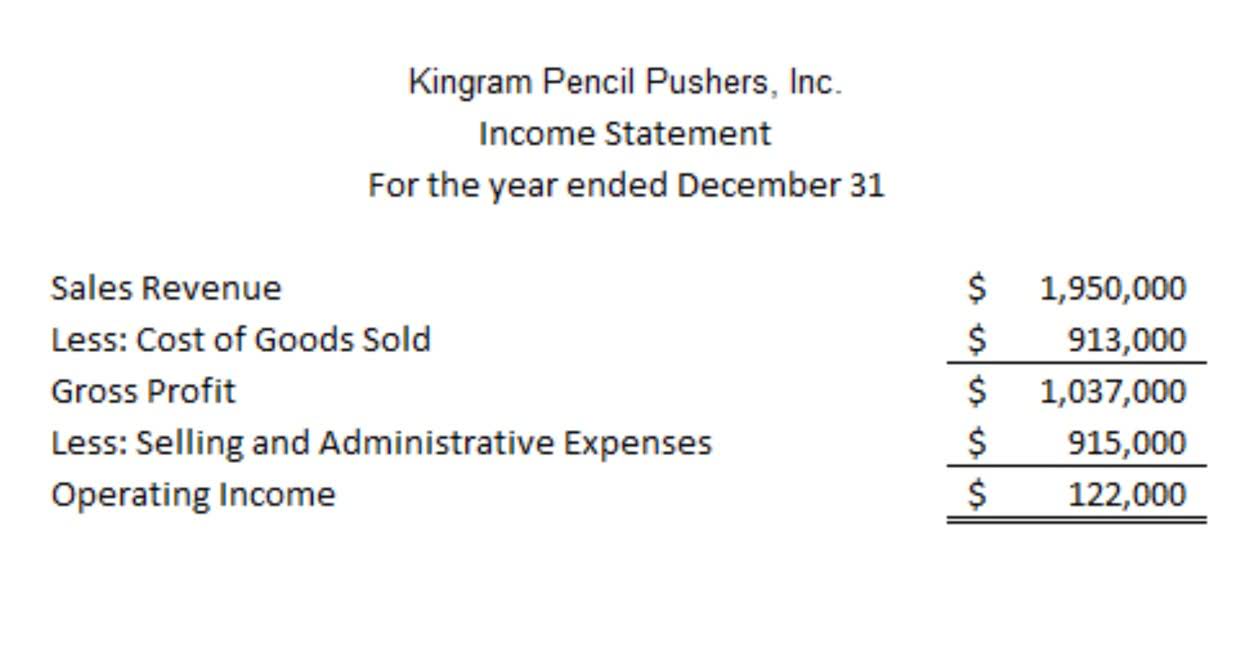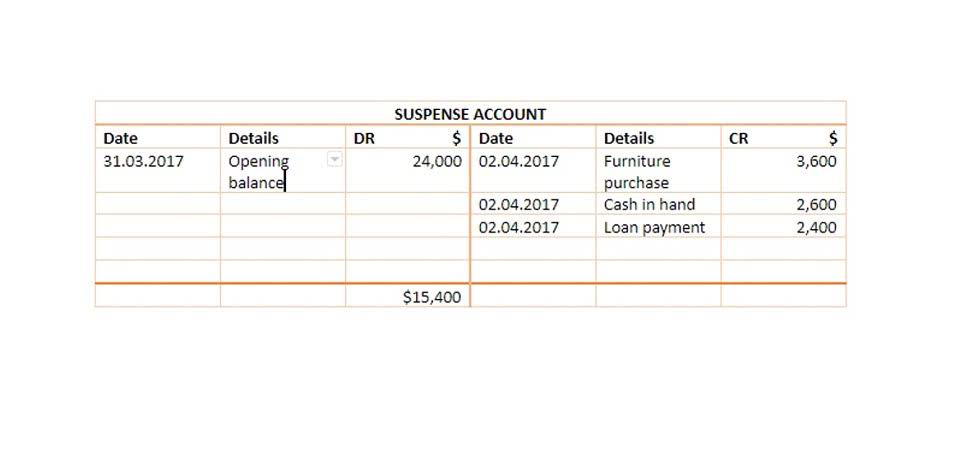Understanding Invoice Discounting: A Practical Guide for Business
1 März 2023 dans Allgemein | von fazli

Invoice financing, also known as accounts receivable financing, is a funding solution used by businesses to improve cash flow and manage their working capital. It allows companies to access funds tied up in their unpaid invoices, providing a way to bridge the gap between issuing an invoice and receiving payment from customers. This article will delve into the intricacies of invoice financing, explaining how it works, its benefits, and potential drawbacks. While invoice financing and factoring are often used interchangeably, there is a slight difference between the two. Factoring involves the sale of invoices to a factor, who then assumes the responsibility of collecting payments from customers directly. On the other hand, invoice financing allows businesses to retain control over the collection process while receiving funding against their invoices.

Accounts Receivable Line of Credit
Everyone at Allianz Trade is encouraged and supported in giving back to communities around them and sharing the benefit of our skills and resources. As a financial services business, we are especially dedicated to raising the level of financial literacy through our business Tips & advice so that individuals can live their lives in confidence and security. We are also strongly committed to fairness for all, without discrimination, among our own people and in our many relationships with those outside our business. In addition, as mentioned above, you are responsible for collecting the invoices due from your customer and must reimburse the lender for the amount borrowed.
What is invoice factoring and what is the difference with invoice financing?
- Invoice discounting is often confidential, also known as “confidential invoice discounting,” where the provider’s involvement is not disclosed to the customer.
- Julia Kagan is a financial/consumer journalist and former senior editor, personal finance, of Investopedia.
- Since 2008, we’ve offered a suite of working capital solutions, with Invoice Finance among our specialties.
- One of the options available to businesses is to utilise invoice financing.
- Invoice financing provides an alternative by leveraging outstanding invoices for capital.
Many companies, especially medium-sized enterprises, encounter difficulties in managing their financial affairs due to clients delaying payments. Invoice financing presents itself as a remedy by enabling businesses to transform invoices into immediate cash. Invoice financing is Interior Design Bookkeeping an alternative type of business loan that helps invoice-based businesses get short-term funding.
What is invoice discounting?

However, with non-recourse financing, the receivables ownership is fully transferred to the financier. For example, these facilities accelerate a business’s cash flow, allowing them to pay employees, suppliers, and other expenses faster. Invoice financing is a collective term for other types of invoice-based lending provided in the market.

Receivables Financing Methods
We’ll break down the definition and give you a detailed guide on how it works, and what the pros and cons are for small businesses. To streamline the invoicing process and ensure timely payments, consider these best practices and tips. An invoice is a payment request issued by a seller to a buyer detailing the amount owed for goods or services provided. Learn about invoices, what they look like, what to include, gross vs net and how you can use them to manage your business finances. If you answer yes to any of these, it’s worth considering invoice finance for your business. Some businesses will want to retain direct management of debtor relations, while others prefer to outsource it.
Which Option Should You Choose?
Invoice financing is a type of business financing invoice financing definition that functions as a cash advance on outstanding customer invoices. It allows small-business owners to use invoices as a form of collateral to secure a loan or line of credit. Invoice financing rates can vary significantly depending on the provider, your business’s risk profile, and the terms of the agreement.
- Invoice factoring is an agreement with a third-party company (the “factor”) to purchase your accounts receivables at a reduced amount of the face value of the invoices (typically 70% to 90% of the total).
- Learn how Allianz Trade empowers businesses to navigate transition and physical risks, supporting a sustainable future in global trade.
- Also called accounts receivable financing or invoice discounting, it uses your outstanding invoices to secure a loan from the lender.
- In other words, we give you access to financing from 10K, offering you up to 120 days to settle your invoices.
- We are compensated in exchange for placement of sponsored products and services, or by you clicking on certain links posted on our site.
When clients pay their invoices, the business repays the lender, minus a fee or interest. Invoice financing can be structured in a number of ways, most commonly via factoring or discounting. With invoice factoring, the company sells its outstanding invoices to a lender, who might pay the company 70% to 85% up front of what the invoices are ultimately worth. Assuming the lender receives full payment for the invoices, it will then remit the remaining 15% to 30% of the invoice amounts to the business, and the business will pay interest and/or fees for the service.
The financing company checks the invoices for legitimacy and then offers a payment of around 70–90% of the total amount upfront. While you can get this financing with bad credit, you’ll need to show a positive history of client payments to get approved. But this type of financing can get expensive, especially if the financing company raises fees the longer a client doesn’t pay. Invoice financing can be a good idea for businesses that need to cover cash flow gaps, but it can also be expensive.

Is globalisation reversing? How US protectionist policies could impact Australian businesses

Discover how embedding sustainability into global trade strategies can enhance financial resilience and brand reputation. Learn how Allianz Trade empowers businesses to navigate transition and physical risks, supporting a sustainable future in global trade. QuickBooks can help you create invoices quickly and get paid faster – check out our invoicing services for small businesses to learn more. You should explore all of the traditional and alternative financing options available to you and consider consulting an expert if you need advice. Although they are similar in that they both release funds from unpaid invoices, there are some important differences between them.

 gefällt mir
gefällt mir